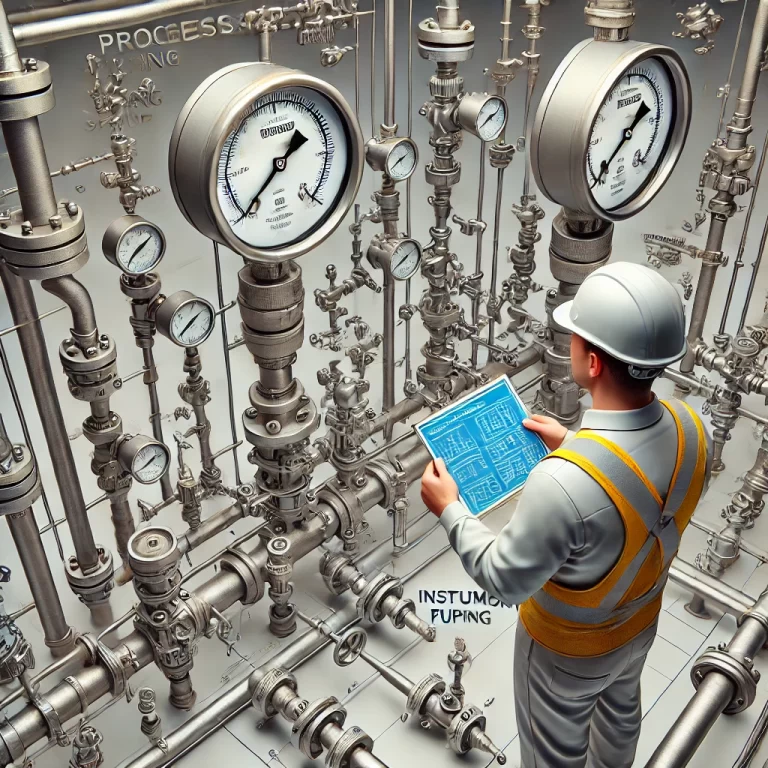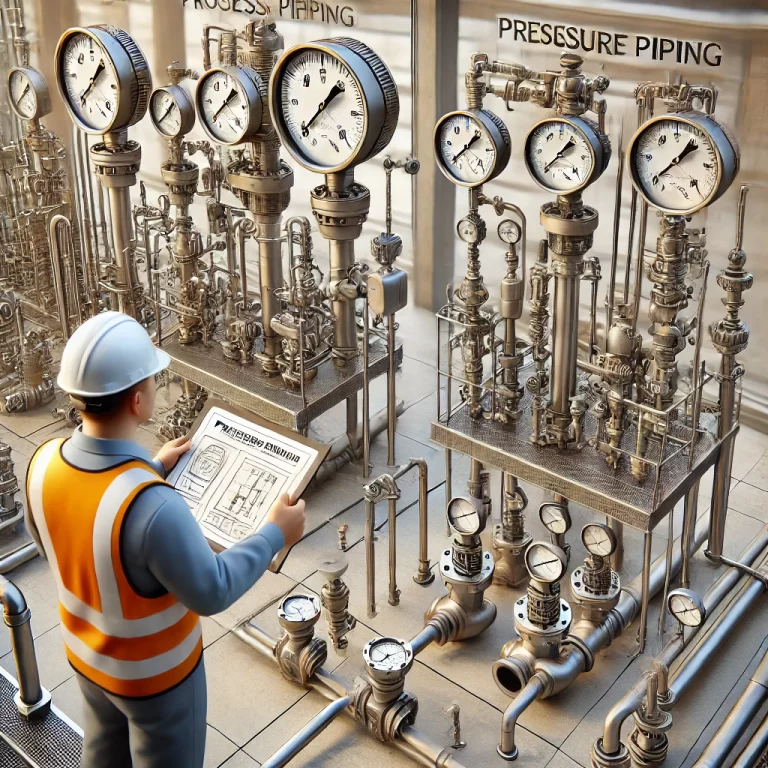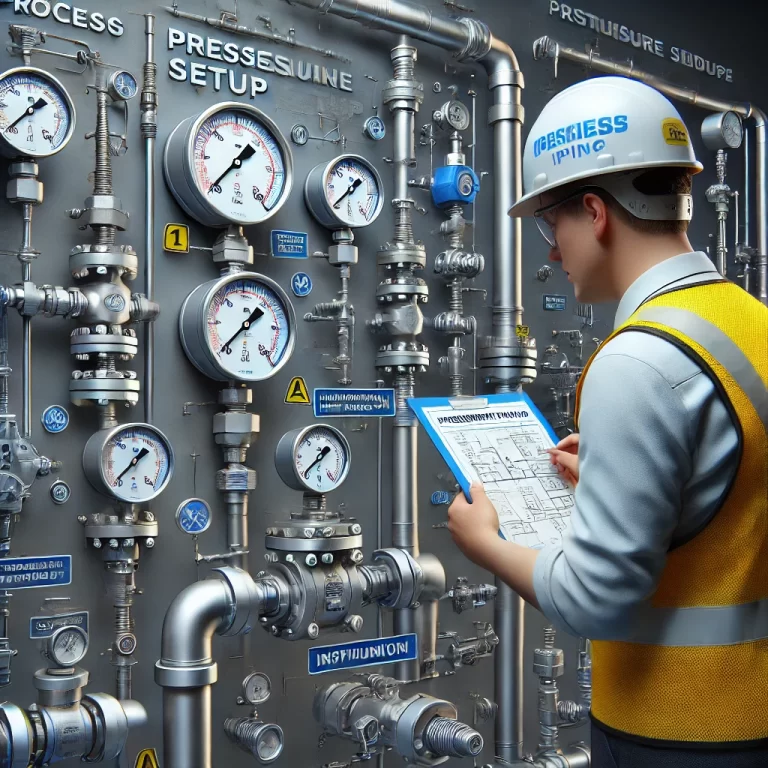1. Introduction
Pressure sensors are among the most widely used devices in industrial automation, with applications spanning water and wastewater systems, railway transportation, intelligent building management, aerospace, defense, petrochemicals, oil and gas production, power generation, and manufacturing. Their ability to accurately monitor and control pressure in diverse environments makes them indispensable for ensuring process reliability and efficiency.
This article highlights the role of pressure sensors in a smart irrigation system deployed in Xinjiang, China—a region with challenging climatic conditions and acute water scarcity.

2. Case Study: Pressure Sensor Application in Xinjiang Irrigation Projects
Xinjiang’s unique climate is characterized by large diurnal temperature variations, low annual rainfall, and arid conditions. The local saying, “wear a fur coat in the morning and gauze in the afternoon”, reflects the extreme daily temperature swings. Such conditions demand robust instrumentation for long-term stable operation.
To address these challenges, a complete pressure monitoring solution was implemented for a water-saving irrigation project by a local technology company specializing in agricultural and environmental systems. The pressure sensors were installed to monitor and control the pressure in irrigation pipelines, ensuring even and efficient water distribution across areas with an elevation difference of up to 100 meters.
Key outcomes include:
Precise control of irrigation pressure to optimize water usage.
Enhanced system reliability in harsh environments.
Contribution to water conservation efforts in Xinjiang’s arid agricultural regions.

3. Technical Considerations for Installation
The effectiveness of pressure sensors in such applications depends heavily on correct installation practices:
Mounting Orientation: For pressures below 0.03 MPa (excluding gas applications), vertical installation is recommended to avoid measurement errors. Sensors may otherwise be mounted at any angle using appropriate fittings.
Moisture and Contamination Protection: Ensure no liquid accumulates around the housing, as this could block the atmospheric vent near the electrical connector, leading to faults. Keep the thread edges of the electrical connection clean and free of dust or debris.
Interface Adaptation: If sensor and pipeline interfaces are mismatched, custom adapters should be fabricated for proper connection.
4. Key Features of Pressure Sensors in Harsh Environments
The pressure sensors selected for this project demonstrated:
High Resistance to Interference: Ensuring stable signal transmission despite electromagnetic and environmental disturbances.
Overload and Shock Protection: Capable of withstanding pressure surges during pipeline operations.
Minimal Temperature Drift: Providing accurate readings even with extreme temperature fluctuations.
Long-Term Stability: Essential for continuous operation in remote irrigation networks.
These features make pressure sensors an ideal choice for critical monitoring in smart irrigation systems and other demanding industrial applications.

5. Conclusion
The deployment of pressure sensors in Xinjiang’s smart irrigation systems highlights their crucial role in supporting sustainable water management practices. By ensuring precise and reliable pressure monitoring under challenging conditions, these instruments not only enhance agricultural productivity but also contribute to alleviating regional water scarcity.
Pressure sensors continue to prove their value as essential tools for modern industrial automation and environmental engineering applications.
